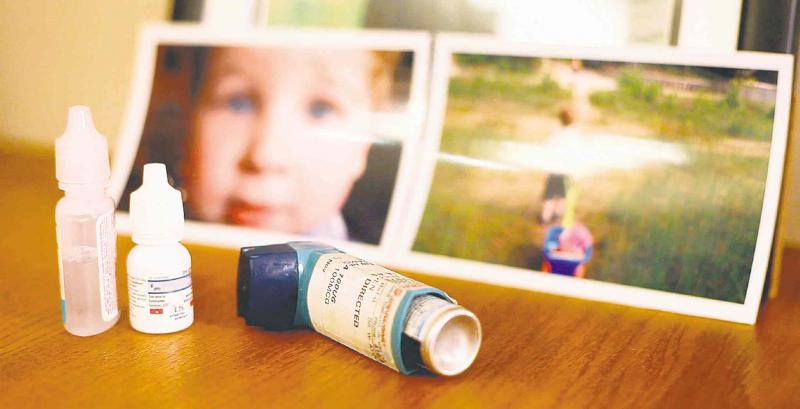Volatile organic compounds, or VOCs, are in a lot of the products we put in our homes. Everything from carpeting, cabinets and furniture to the paint on our walls and caulking around our tubs, showers and toilets contain VOCs.
Some materials have more than others. For example, varnishes and caulking can be heavy on the VOCs, and darker pigments in paint usually have more VOCs than lighter colours. But you can also find VOCs in things such as cigarette smoke, exhaust fumes, air fresheners, furnishings and even plastics.
Volatile organic compounds, which are really just chemical byproducts, evaporate or off-gas into the air. Sometimes all it takes are a few days for most VOCs to be practically gone from certain products, such as spray foam insulation, if properly installed. But in other cases, VOCs can off-gas for weeks, months and even years.
In a home, VOCs can accumulate and become a serious health concern. Breathing them in is dangerous; they can cause headaches and dizziness, but in more severe cases they can be very toxic.
Varnishes, glues and adhesives are among the worse for VOC off-gassing, mainly because of one dangerous ingredient they can contain: formaldehyde. A strong-smelling, colourless gas, formaldehyde can make your eyes burn, irritate your nose or give you a sore throat. Being exposed to higher doses can cause coughing or wheezing.
In some cases, formaldehyde has been known to cause more serious symptoms, even some types of cancer. In fact, the International Agency for Research on Cancer classifies it as a known carcinogen.
Back in the '70s it was used in various building products and materials that used glues or adhesives in their production, such as pressed wood. There was also a type of insulation made from formaldehyde, urea-formaldehyde foam insulation (UFFI), but it was banned in the '80s.
In the air we breathe, VOCs are a health concern for anyone, so as a smart homeowner, you always want to keep them down to a minimum. You can do that by choosing better, safer products for your home.
Glass, ceramic tile, metal, stone and other hard, inert materials don't release any VOCs, so they're smarter choices as far as VOCs go. If you can afford it, always choose custom, solid wood cabinetry with a low- or no-VOC finish, hardwood over vinyl flooring, and natural carpet instead of synthetic.
Avoid materials or products that require dangerous adhesives for their installation, and as I said before, choose lighter colours for paints -- whites are best. Harmony and Emerald by Sherwin-Williams are very good no-VOC paints.
These are different ways you can minimize the amount of VOCs that are introduced into your home. But it's difficult to avoid them altogether, so what do you do?
Well, now we have new products that can actually contribute to making your home healthier. For example, AirRenew drywall, which absorbs VOCs -- specifically formaldehyde and other aldehydes -- then turns them into inert gases. It's like a filter on your walls for VOCs. The bonus is that it's also resistant to fire, mould, moisture, abuse and impact.
It's a great product to install in a room for a baby or anyone who has asthma or other respiratory issues. But overall, it's a great product to have in any home because VOCs and indoor air-quality issues affect everyone.
As builders, developers, manufacturers and contractors, we have a responsibility to build homes that are safer, stronger and better. And better to me includes healthier -- that's a no-brainer.
I'm glad we have industry leaders that are stepping up their standards and developing products with your health in mind. I'm also glad contractors now have options that not only help them build better homes but also make them better contractors.
But the key here is you, the homeowner. The industry changes when you demand it -- contractors like me can't force it on you. You have to demand better standards from your contractors. Accept only healthy, safe products from manufacturers and suppliers. And trust me, we will make it right and build better homes that do what they are meant to do: keep you and your family safe from what's inside and out.
Watch Mike Holmes on Holmes Makes It Right on HGTV. For more information, visit makeitright.ca.




